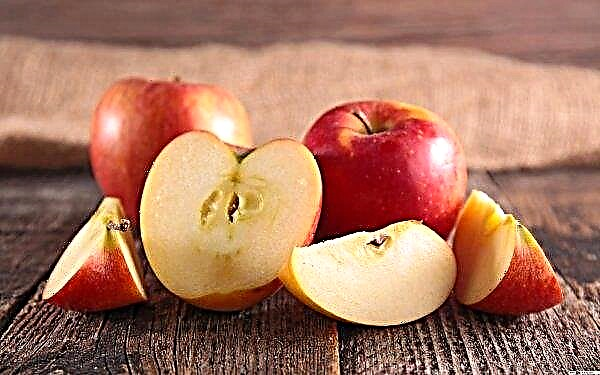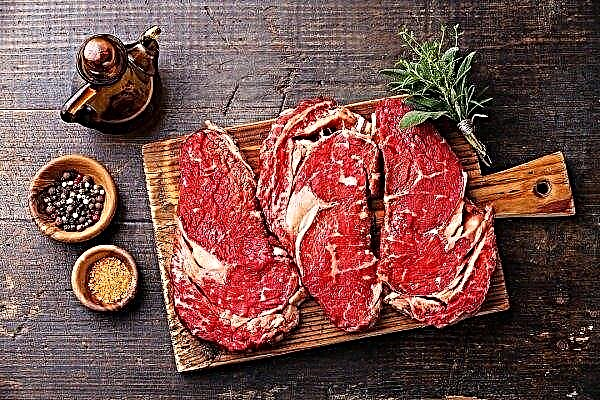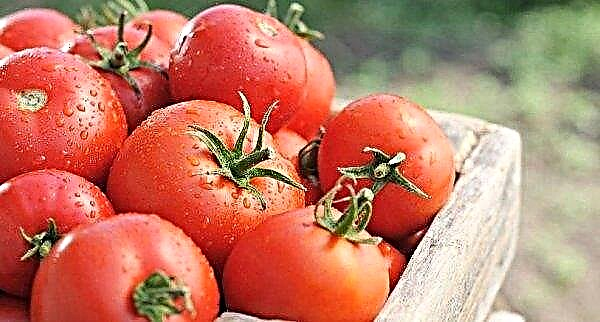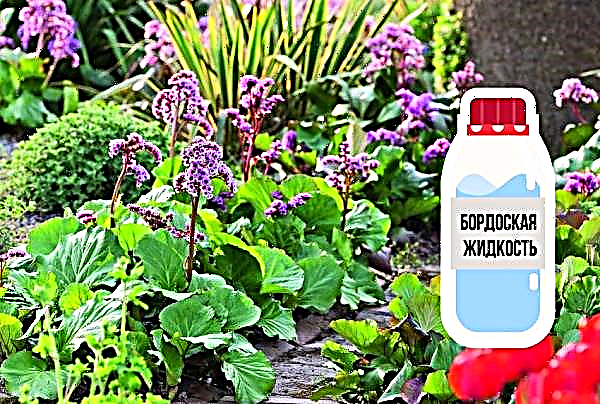The World Health Organization classifies bell peppers as the most healthy vegetables. It is a component of the Mediterranean diet, widely known as one of the options for the most healthy diet. The reasons for this popularity, as well as the nuances of using this vegetable will be considered in the article.
What vitamins does sweet pepper contain?
The vegetable is extremely rich in vitamins, namely (in descending order):
- Vitamin C (3 times more than in citrus fruits);
- vitamin A (beta-carotene);
- vitamin PP;
- Vitamin E
- vitamin B6;
- vitamin B9 (folic acid);
- vitamin B2;
- vitamin B3;
- vitamin K1 (phylloquinone);
- vitamin B1.
All fruits are tied with green in order to become red, yellow, orange, chocolate brown (depending on the variety) upon reaching biological maturity. The greatest amount of vitamin C (200% of the daily norm in 100 g) is found in red fruits.
Important! Most nutrients are concentrated around the stalk and in the seeds.
They also lead in the content of beta-carotene, B vitamins and carotenoids (capsanthin and lycopene), while the largest amount of lutein is found in green fruits.
The chemical composition and calorie content of pepper
Freshly picked vegetables are 91–92% water.
The remainder (dry matter) falls on:
- carbohydrates (6.3–6.8%), represented mainly by sugars (glucose and fructose, which are responsible for the sweet taste) and dietary fiber;
- proteins (1–1.3%);
- fats (0.1-0.3%).
There is no cholesterol in the composition, and calorie content is 26 kcal per 100 g of product.
Did you know? In the 17th century, in England, Indian pickles (pickled mangoes) were extremely popular, but not always available, so they were replaced with pepper in recipes. And still in Indiana, Ohio, and Pennsylvania (the home of conservative religious communities descended from British émigrés), it is often called "mango."
Pepper (especially yellow varieties) is a rich source of a useful mineral - potassium, and also contains other macro- and microelements:
- phosphorus;
- calcium:
- magnesium;
- chromium;
- iron;
- zinc.
In small quantities, substances such as:
- saponin;
- capsaicin;
- essential oils;
- flavonoids (glycosides of quercetin, luteolin).
 The glycemic index is 15 units, which makes the vegetable allowed for diabetics.
The glycemic index is 15 units, which makes the vegetable allowed for diabetics.Benefits and harm to the body
The rich vitamin and mineral composition determines the positive effect of bell pepper on the body.
Regular use of this vegetable contributes to:
- strengthening the immune system;
- normalization of lipid metabolism and the formation of high density lipoproteins;
- blood formation processes;
- strengthening the heart muscle;
- retinal nutrition;
- digestion improvement;
- healthy skin, hair, nails;
- stabilization of the nervous system;
- the production of the "hormone of happiness" - endorphin.
Important! Frequent use of pepper is not recommended for hypotensive patients due to the danger of a sharp decrease in pressure. Suffering a severe form of angina pectoris is also better to refrain from including vegetables in the menu.
When adding pepper to your daily diet, you should remember these nuances:
- Vegetable is contraindicated for people suffering from acute and chronic diseases of the kidneys, liver, gastrointestinal tract (in particular, stomach ulcer and intestines, colitis, gastritis with high acidity). Alkaloid capsaicin, although contained in small amounts in sweet pepper (0.01%), can irritate the mucous membranes and provoke an exacerbation of diseases.
- If possible, it is best to consume fruits grown personally or purchased from trusted suppliers. This vegetable is on the list of most processed pesticides.
- Pepper stimulates appetite, stimulating digestion, so those who want to lose weight should not get carried away with a large number of dishes from it, and even more so apply mono-diets involving pepper.
- With caution, you should use a vegetable suffering from epilepsy (due to the possible negative effect of capsaicin on the convulsive activity of the brain).
- Allergies may occur in people with cross-allergic reactions to apples, pollen, nuts, and birch.

Features of use
Consider in what form it is best to use bell pepper so that it brings maximum benefit.
In what form is best to eat pepper
Unfortunately, heat treatment leads to the loss of almost 70% of nutrients by a vegetable, so it is best to eat it raw (adding to salads and cold snacks). Freshly squeezed juice from whole fruits will be extremely useful (for preparation, you need to leave the stalk and remove the seeds to avoid an unpleasant aftertaste). Seeds can be ground by making a vitamin seasoning.
When salting and canning, the preservation of vitamins and minerals is about 50–80%, so the vegetable is one of the most popular ingredients in homemade preserves. The same applies to freezing and drying. For harvesting, fruits in the stage of technical maturity should be used, i.e. green.
In what form you can not eat pepper
If you still decide to heat the vegetable, refrain from baking it in the oven. Acids released in this case have an extremely negative effect on tooth enamel, leading to caries. Of course, this applies to the frequent use of dishes. The peel is usually difficult to digest, so it is advised to remove it by burning the fruit with a kitchen burner or placing it in a microwave for a couple of minutes. Tasty, juicy, crispy bell peppers will certainly benefit your body. The main thing when using this vegetable is to remember the recommendations and possible restrictions on the use discussed in the article.
Tasty, juicy, crispy bell peppers will certainly benefit your body. The main thing when using this vegetable is to remember the recommendations and possible restrictions on the use discussed in the article.












